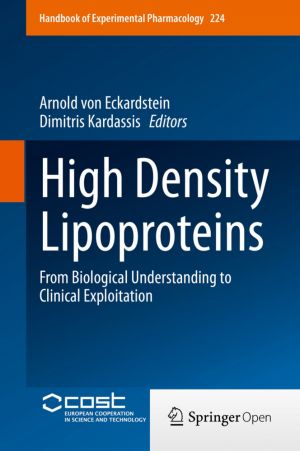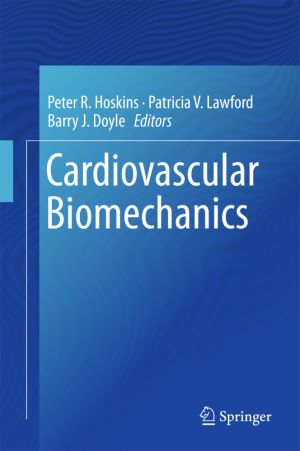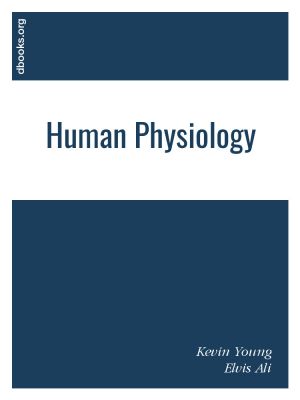Human Physiology
by Kevin Young, Elvis Ali
DescriptionTable of ContentsDetailsHashtagsReport an issue 






Book Description
Physiology - The word physiology is from the Ancient Greek (phusiología) and it is the study of how organisms perform their vital functions. An example is the study of how a muscle contracts or the force contracting muscles exert on the skeleton. It was introduced by French physician Jean Fernery in 1552. Physiology is built upon a tripod of sciences: physics, chemistry, and anatomy.This open book is licensed under a Creative Commons License (CC BY-SA). You can download Human Physiology ebook for free in PDF format (56.3 MB).
Table of Contents
Chapter 1
Homeostasis
Chapter 2
The Integumentary System
Chapter 3
The Nervous System
Chapter 4
The Senses
Chapter 5
The Muscular System
Chapter 6
Blood Physiology
Chapter 7
The Cardiovascular System
Chapter 8
The Urinary System
Chapter 9
The Respiritory System
Chapter 10
The Gastrointestinal System
Chapter 11
Nutrition
Chapter 12
The Endocrine System
Chapter 13
The Male Reproductive System
Chapter 14
The Female Reproductive System
Chapter 15
Pregnancy and Birth
Chapter 16
Genetics and Inheritance
Chapter 17
Human Development
Book Details
Title
Human Physiology
Publisher
Wikibooks
Published
2013
Pages
552
Edition
1
Language
English
PDF Size
56.3 MB
License

Related Books

This free book summarizes the latest scientific findings regarding the biological effects of the Fukushima Daiichi Nuclear Power Plant (FNPP) accident in 2011.
Various cases of changes in animals and organisms have been reported since the FNPP accident. However, it is often unknown whether they are actually due to radiation, since the dose or dos...

Recent years have seen spectacular advances in the field of circadian biology. These have attracted the interest of researchers in many fields, including endocrinology, neurosciences, cancer, and behavior. By integrating a circadian view within the fields of endocrinology and metabolism, researchers will be able to reveal many, yet-unsuspected aspe...

This book describes in vitro and ex vivo models that can be employed to investigate effects of digested food products on the GIT, or specific components thereof. Many such models exist and include, for example, those used to study digestion and fermentation in the small and large intestine, to investigate absorption (e.g. Ussing chamber, epithelial...

In this Handbook of Experimental Pharmacology on "High Density Lipoproteins – from biological understanding to clinical exploitation" contributing authors (members of COST Action BM0904/HDLnet) summarize in more than 20 chapters our current knowledge on the structure, function, metabolism and regulation of HDL in health and several dise...

This book provides a balanced presentation of the fundamental principles of cardiovascular biomechanics research, as well as its valuable clinical applications. Pursuing an integrated approach at the interface of the life sciences, physics and engineering, it also includes extensive images to explain the concepts discussed.Cardiovascular biome...

This book integrates the classic fields of mechanics - statics, dynamics, and strength of materials - using examples from biology and medicine. The book is excellent for teaching either undergraduates in biomedical engineering programs or health care professionals studying biomechanics at the graduate level. Extensively revised from a successful th...

